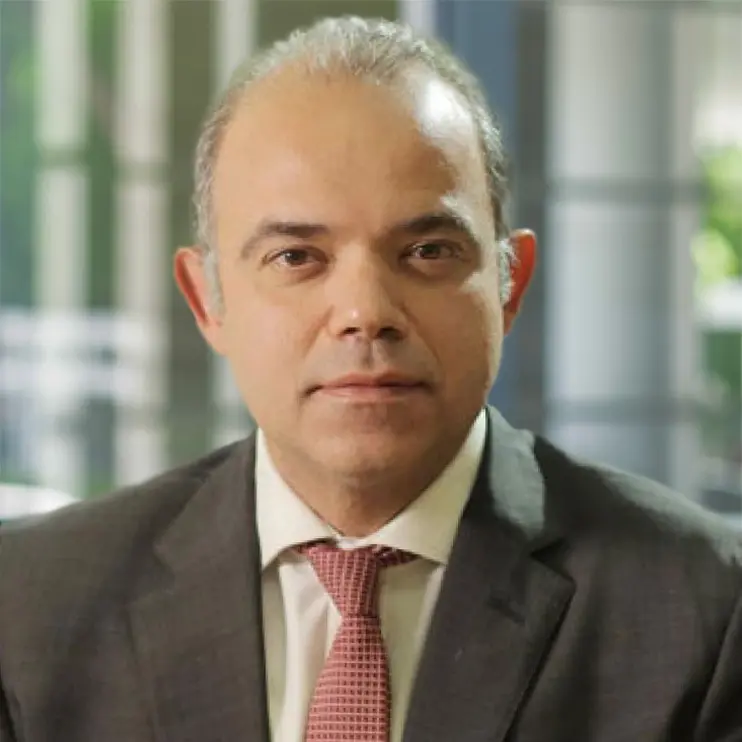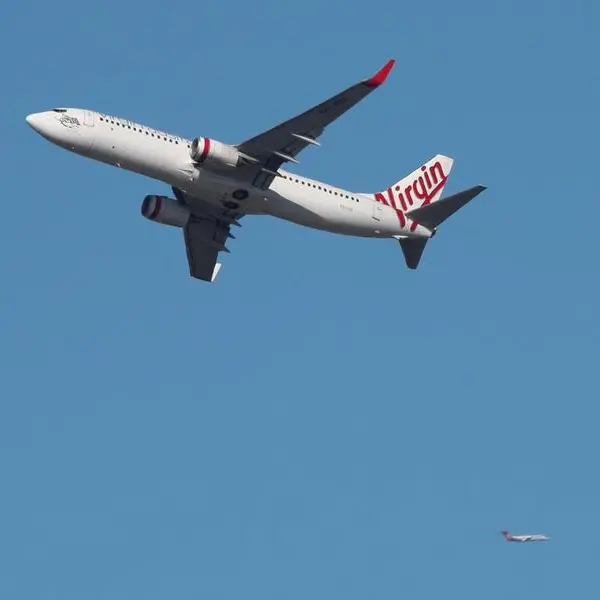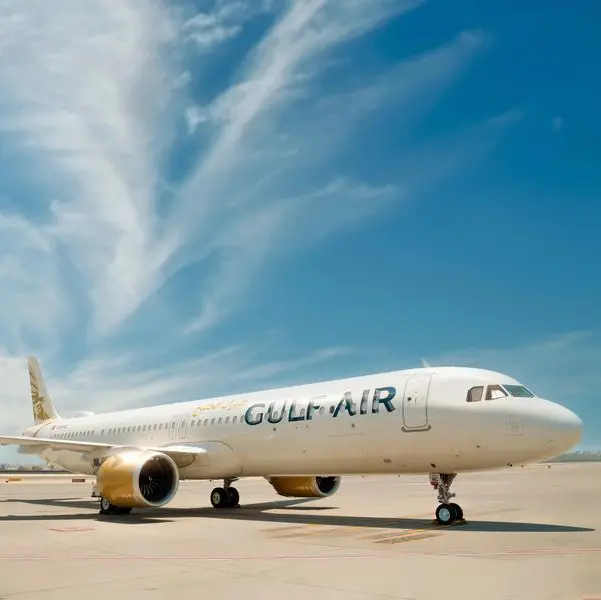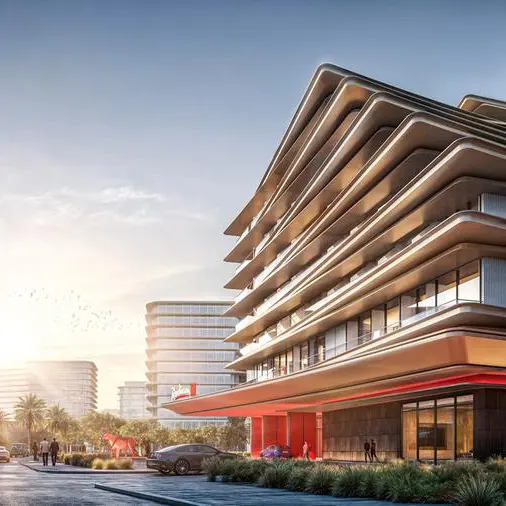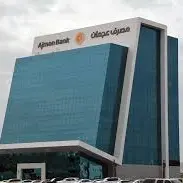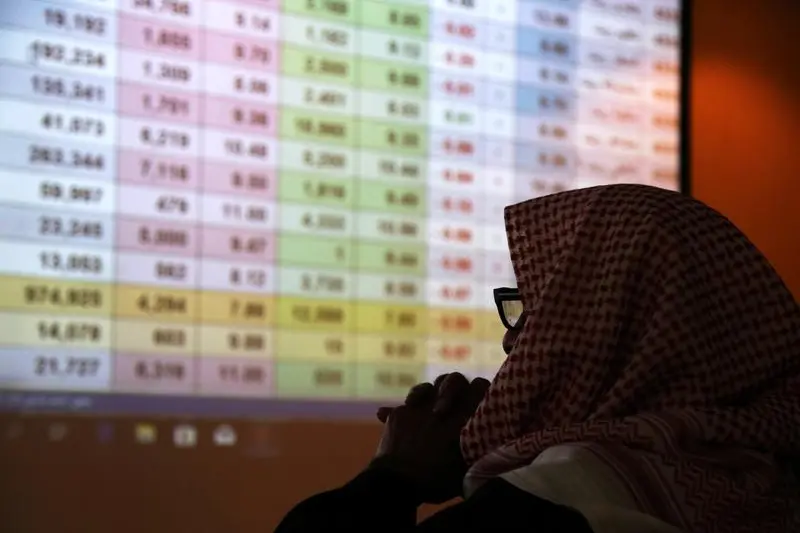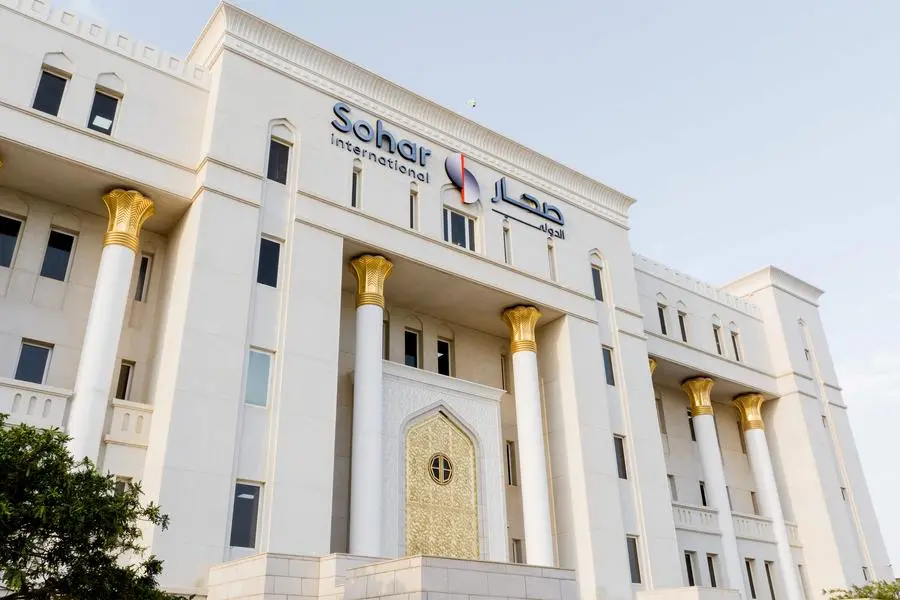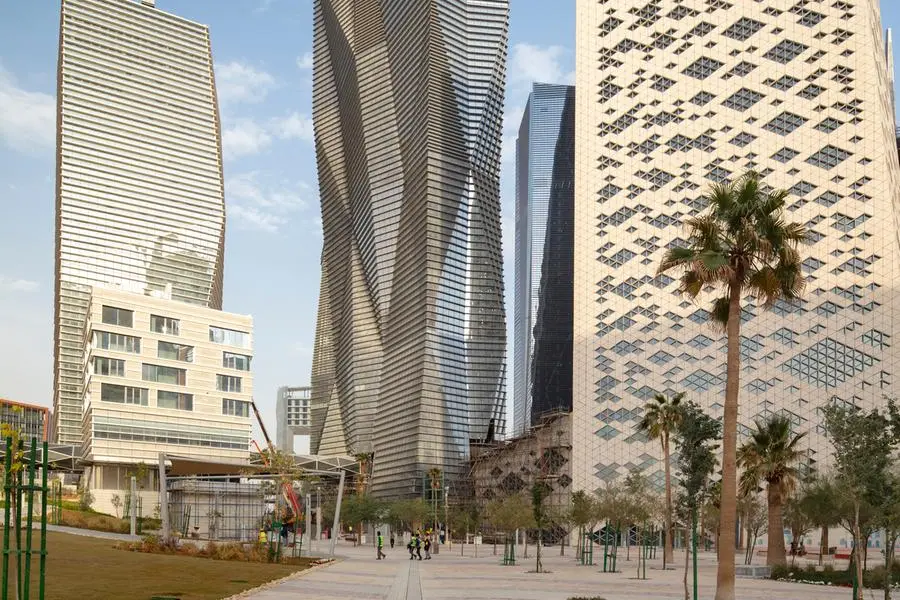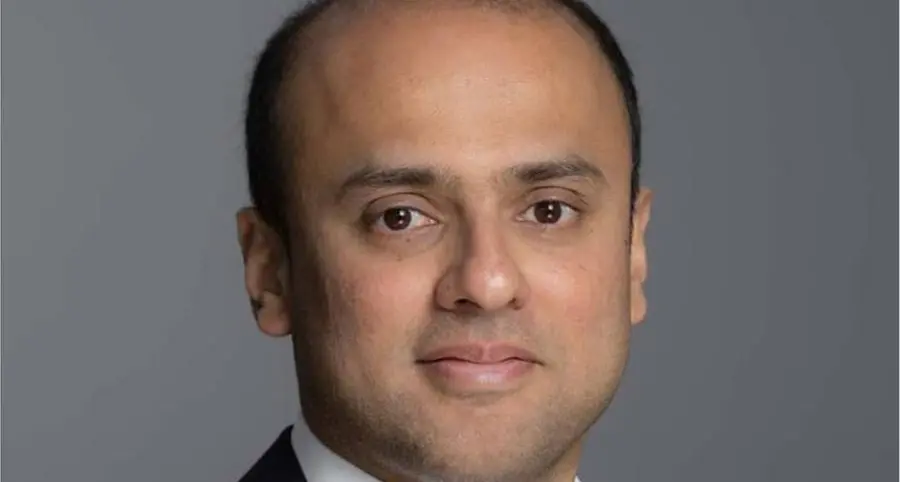Qatars Oryx GTL plant is operating at around 60% of capacity after starting up the second train last week and is expected to reach its full capacity of 34,000 b/d in September 2008, MEES learns. The plants output has been lower than planned as a result of technical problems, which included a higher than expected amount of fine contaminants produced early in the three-phase gas-to-liquids process (MEES , 28 May). This has led to more rapid consumption of the catalysts, with more frequent replacements having implications for the bottom line. Speaking on the sidelines of the 6th Doha Conference On Natural Gas held in Qatar, Chris Turner, General Manager of Oryx GTL, said the plant was continuing to ramp up production, but he would not disclose rates or shipment details. Were moving product to customers in different markets and we have customers competing, wanting to buy the material, he said. Three shipments of diesel and one of naphtha have been made, MEES understands. The plant typically produces a 70:30 ratio of diesel to naphtha, although this can vary according to run rates.
Oryx will reach its full shipment rates in 2008, said Mr Turner. He noted that some adjustments were being made to the plant to permit it to reach its 33,500 b/d nameplate capacity, and that these would require modifications to some equipment. With any capital project you hear a lot about construction constraints and this project certainly saw its share, he said in a speech about GTLs challenges. In addition to the problems faced on any project, there are also those resulting from implementing new technology, he said. Oryx is a considerable scale-up from the worlds other producing GTL project Shells 14,700 b/d Bintulu plant.
Economic Tests
In addition to technological challenges, the project faced economic tests. When a decision was made to proceed with the development in 2001, oil prices were under $20/B and most forecasts suggested they would not hurdle $25/B. At that time engineering, procurement and construction (EPC) contractor activity was relatively low, and equipment lead times were short. But the market shifted rapidly because a large number of projects were announced across many industry sectors in 2002-03. That led to changes in the availability of resources and in our construction plans. The challenge was how to mitigate construction delays that might occur, Mr Turner said.
The contractor, Technip, faced financing difficulties because of escalating costs due to competition for materials and equipment. Oryx awarded the lump-sum turnkey (LSTK) contract prior to these changes, so the contractor had to manage the execution of the project in a changing environment. For a contract to be successful, a partnership has to be developed between the owner and contractor, so from 2003 to start-up we had to adjust plans between the contractor and owner, Mr Turner said. As development progressed, the labor market tightened, and the scale of the components being used also caused problems. The Fischer-Tropsch units weigh 2,220 tons each and there is limited equipment that can handle such heavy lifting. And as oil prices climbed in 2004, shareholders expectations rose and they were eager to get the plant started more quickly. Construction was completed in February 2006, later than the original forecast of December 2005, but the plant was on-line before the peak in construction sector demand, said Mr Turner.
We have been successful in resolving most of the technology hurdles that have faced the Oryx project, he said, while admitting that there were still challenges to overcome. For the problems that have not been solved, we have identified solutions that we are implementing. Some require design and construction, others changes in process conditions, he added. The company is continuing to increase its operating rate and is following its original plan to supply assorted customers in different regions and market segments. This strategy will continue over the next 18-24 months and then plans will be adjusted to meet changing market dynamics.
Copyright MEES 2007.

